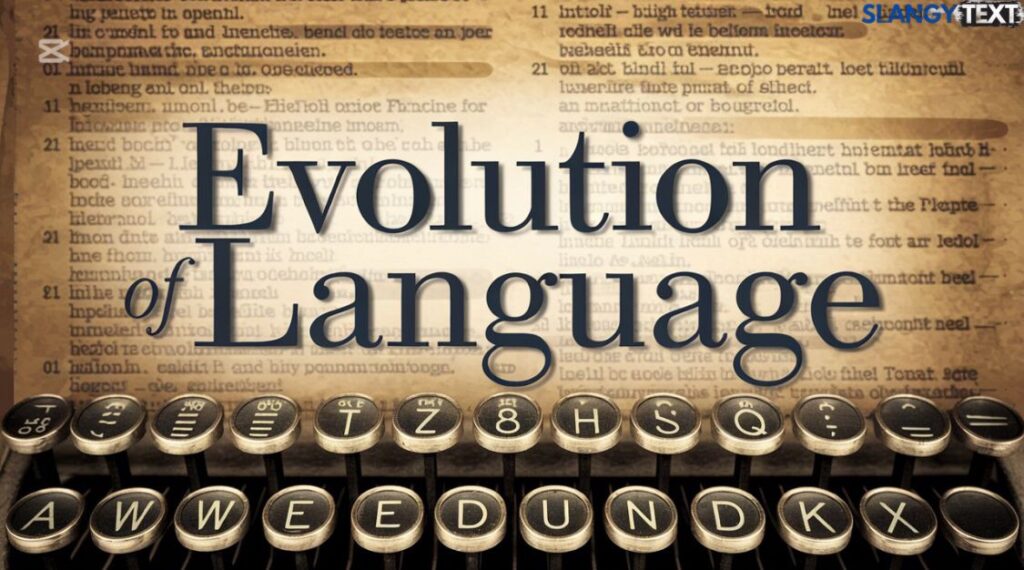Understanding Linguistic Precision
Language evolution continually challenges our understanding of grammatical conventions. The seemingly minor distinction between Full-time or Full time represents a profound exploration of English language usage across diverse communication landscapes.
Professional writers, academics, and communication experts must navigate these subtle linguistic terrains with meticulous attention.
Historical Linguistic Foundations

The journey of compound modifier development traces back to early 20th-century linguistic practices. Grammatical researchers gradually established comprehensive guidelines for hyphenation, recognizing that precise language communicates intention and clarity with remarkable effectiveness.
Grammatical Architecture
Structural Dynamics of Compound Modifiers
Grammatical functions reveal intricate details about language construction. When “full-time” operates as a compound adjective, hyphenation becomes a critical element of linguistic precision. Professional communicators must understand the nuanced rules governing such grammatical transformations.
Professional Communication Landscape
Contextual Usage Variations
Different professional environments demand unique linguistic approaches. A corporate job description might require different grammatical strategies compared to an academic research document. Understanding these contextual nuances becomes paramount for effective communication.
Linguistic Scenario Analysis
Employment Communication Examples
Correct Professional Email Format:
Subject: Full-Time Marketing Specialist Application
Dear Mr. Robert Henderson,
I am writing to express my interest in the full-time marketing specialist role at Global Innovations Inc.
Incorrect Email Format:
Subject: Full Time Marketing Specialist Application
Dear Mr. Robert Henderson,
I am writing to express my interest in the full time marketing specialist role at Global Innovations Inc.
Geographical Language Variations
Comparative Linguistic Perspectives
US and UK English demonstrate fascinating variations in grammatical conventions. American writers typically maintain stricter hyphenation rules, while British writers often show more linguistic flexibility in employment terminology.
Professional Context Table
| Scenario | Full-Time (Hyphenated) | Full Time (Non-Hyphenated) | Professional Implication |
|---|---|---|---|
| Job Description | Full-time graphic designer | Full time graphic designer | Clarity in role definition |
| Academic Context | Full-time student enrollment | Full time student enrollment | Commitment specification |
| Professional Email | Seeking full-time employment | Seeking full time employment | Communication precision |
| Résumé Heading | Full-time work availability | Full time work availability | Professional presentation |
| Legal Documentation | Full-time employment contract | Full time employment contract | Contractual interpretation |
| Performance Review | Full-time work commitment | Full time work commitment | Evaluative terminology |
| Training Program | Full-time professional development | Full time professional development | Learning intensity |
Pronunciation and Semantic Nuances
Spoken contexts reveal fascinating linguistic subtleties. Despite visual variations, the pronunciation remains identical, emphasizing the visual distinction’s remarkable complexity.
Advanced Grammatical Exploration
Noun, Adjective, and Verb Interactions
Work status descriptions require nuanced understanding. A “full-time” position differs semantically from “full time” work, demonstrating the profound impact of grammatical precision.
- You Might Also Like : 20 Professional Ways To Say “It Was A Pleasure Meeting You”
Academic and Professional Writing Standards

Style Guide Perspectives
The Chicago Manual of Style and Associated Press (AP) Stylebook provide comprehensive guidelines that professional communicators must master. These authoritative sources establish critical standards for written communication.
Linguistic Complexity in Different Domains
Technical and Creative Contexts
Employment type descriptions vary dramatically across industries. A technology startup might use different linguistic conventions compared to a traditional academic institution, highlighting the dynamic nature of language usage.
Communication Strategy Table
| Communication Domain | Preferred Usage | Contextual Considerations |
|---|---|---|
| Corporate Environments | Full-time | Formal, precise communication |
| Academic Settings | Full-time | Standardized professional writing |
| Creative Industries | Full-time/Full time | More flexible linguistic approach |
| Technical Sectors | Full-time | Precision-driven communication |
| Startup Ecosystems | Full-time | Modern, clarity-focused language |
| Government Documentation | Full-time | Strict grammatical adherence |
| Freelance Platforms | Full-time/Full time | Variable linguistic conventions |
| International Communications | Full-time | Globally understood format |
Practical Application Strategies
Understanding hyphenation rules requires consistent practice and careful observation. Professional communicators must develop a keen eye for linguistic nuances that elevate written communication.
Conclusion: Linguistic Mastery
The journey of mastering “full-time” versus “full time” represents more than grammatical precision—it embodies professional communication’s sophisticated landscape. By embracing these subtle distinctions, writers and communicators can craft messages with unparalleled clarity and impact.
Final Linguistic Insights:
- Context determines grammatical choices
- Professional environments demand precision
- Continuous learning enhances communication skills
Mastering these linguistic nuances transforms ordinary communication into extraordinary professional dialogue.
- Must Explore : 23 Professional Ways To Say “Thank You For Your Cooperation”

Kayla Rogers is a writer at Slangy Text who loves exploring modern acronyms & slangs and how they shapes our conversations. She enjoys sharing fun and interesting articles that connect with readers. When she’s not writing, Kayla likes to keep up with the latest trends or relax with a good book.







